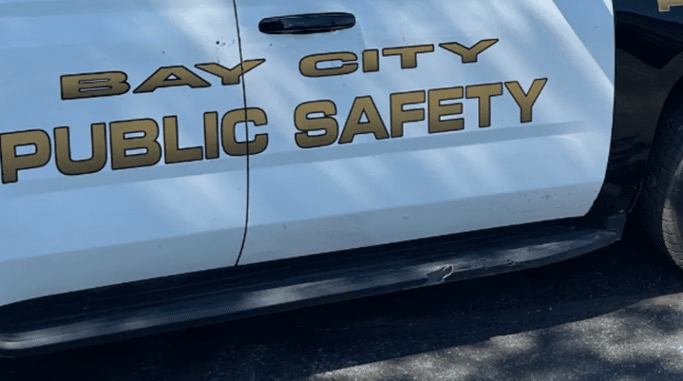By Robert Farago via The Truth About Guns
There are two schools of thought on how an armed American should confront a home invader or invaders. (Hint: carrying a banana is not one of them.) They are . . .
1. Announce yourself
If you hear someone in your home who shouldn’t be there, if you have time, call the police (a job best left to a significant other or responsible child). Then tell the bad guy or guys that the police are coming, issue a command and announce the fact that you’re armed. “The police are on their way. Leave now! I’ve got a gun.”
Advantage: The bad guy or guys may leave. There are plenty of burglars who would do so rather than face armed opposition, especially if they know the cavalry is on its way. Also, there may not be invaders. If the “invader” is an amorous teen or a drunken neighbor, announcing yourself gives an unwelcome guest a chance to identify themselves and avoid a terrible tragedy.
Disadvantages: You are revealing your position and giving the bad guy or guys motivation to attack quickly and violently, before the police arrive.
Considerations: If you’re going to issue a warning and a threat, assume a defensive position. In other words, don’t be in the bad guys’ line of fire. For example, stand at the top of the stairs (out of the line of sight) or in a bedroom and wait for them to come to you. (Turn on the lights.) This gives you a better chance of winning a gun fight and, again, avoiding shooting the wrong person.
2. Don’t announce yourself
If possible, call the police as quietly as possible. Sneak up on the bad guy or guys and eliminate the threat. Do not turn on the lights.
Advantages: Speed, surprise and violence of action are the keys to winning any fight. Especiallysurprise. If the home invader or invaders don’t see you coming, you have the first mover advantage. That could well be the difference between life and death.
Disadvantages: Surprising the bad guy or guys may trigger their fight response. If you haven’t pulled the trigger already, if you’re not psychologically prepared to pull the trigger, you lose the first mover advantage and could lose the fight. Also, you may suffer from tunnel vision and not see multiple invaders. And the chances of misidentifying unwelcome guests is significantly higher in the dark. As are the chances that responding police may mistake you for the bad guy.
Considerations: There’s a reason why police and military rely on teams for room clearance: it’s incredibly difficult and dangerous to go it alone. If you plan on adopting this strategy, you should master the art of room clearance; including “slicing the pie” (going around corners), using a flashlight to ID your target (otherwise . . .) and using cover and concealment.
—–
I’ve used plan A: announcing myself. I fully appreciate the advantages of surprise, but the potential downsides of sneaking up on a bad guy are too great and my room clearing ability too small. YMMV.










![[FIREARM REVIEW] Lionheart LH9 9mm Pistol](https://imagedelivery.net/sbm_lYeJbALkepJgtmRD5w/concealednation.org/2017/01/Images0300001.jpg/w=728,h=381)



